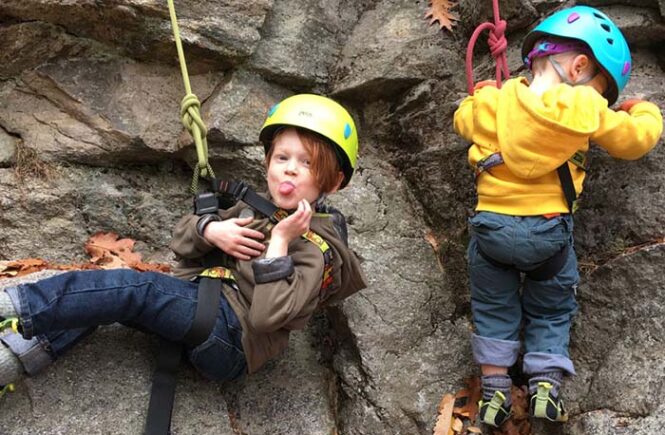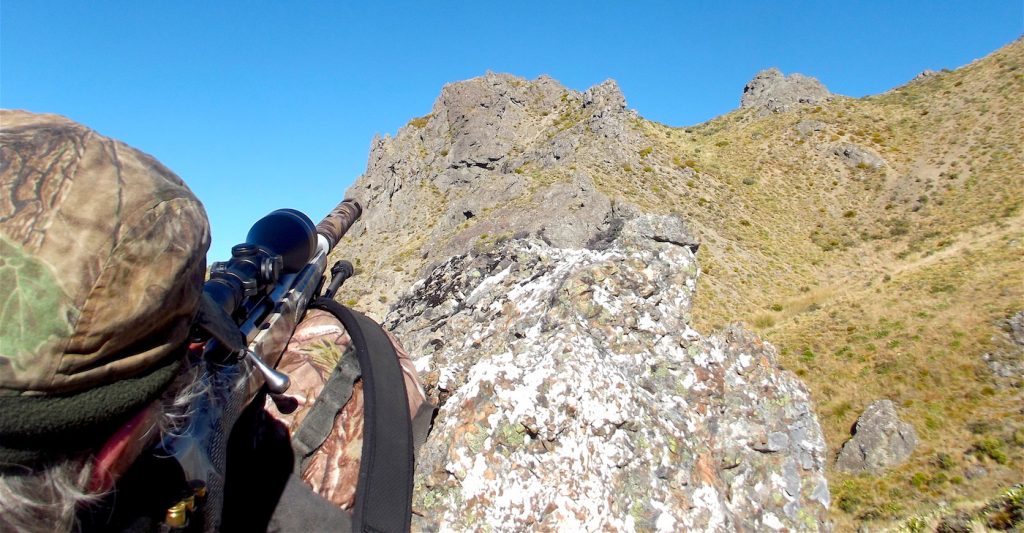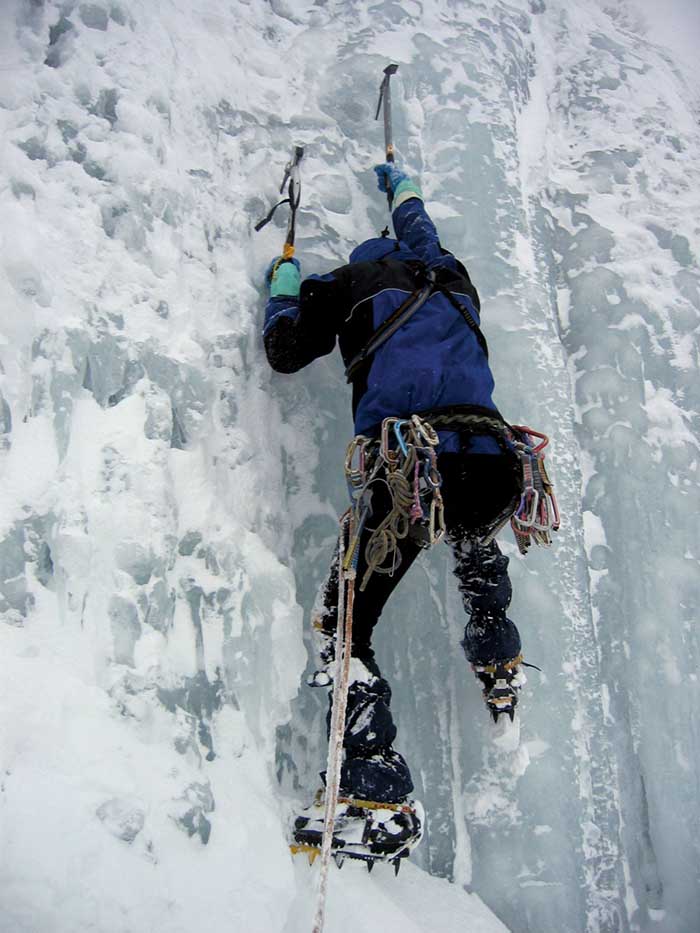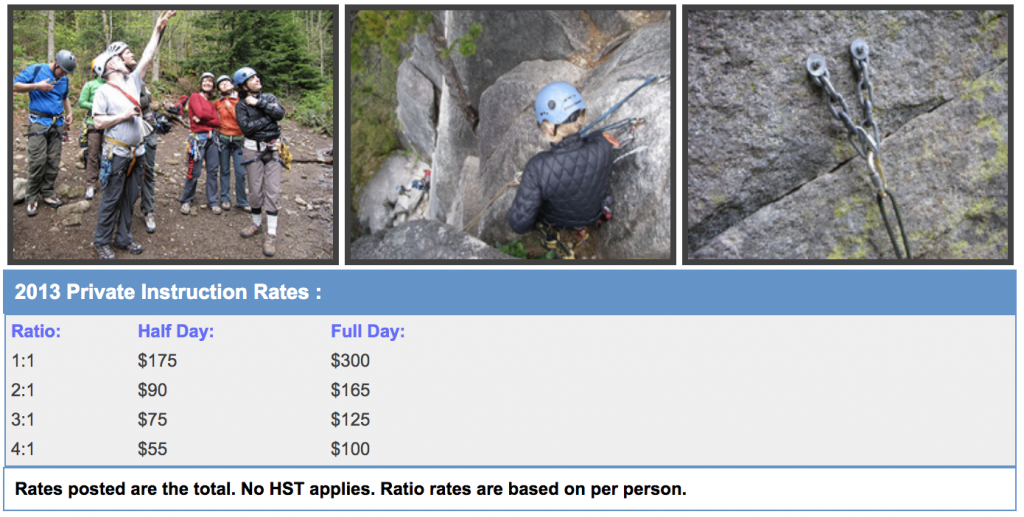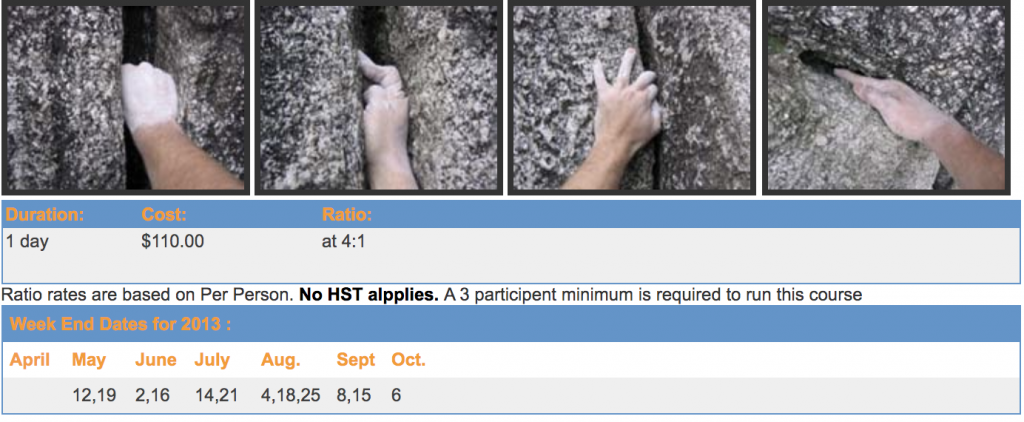Looking for fun outdoor activities for your kids aged 5 to 8? Look no further! We’ve compiled a list of the top 5 awesome outdoor activities that your kids will love.
These activities are not only fun, but also great for your child’s physical and mental development.
Understanding Kids of Ages 5 to 8
When it comes to planning outdoor activities for kids aged 5 to 8, it’s essential to understand their developmental needs, interests, and abilities. Children of this age group are still developing their motor skills, coordination, and cognitive abilities, and they learn best through play and exploration.
Here are some key characteristics of kids aged 5 to 8 that you should keep in mind when planning outdoor activities:
- Curious and explorative: Children of this age group are naturally curious and love to explore their surroundings. They enjoy discovering new things and learning about the world around them.
- Active and energetic: Kids aged 5 to 8 have lots of energy and love to be active. They enjoy running, jumping, climbing, and playing games that involve physical activity.
- Social and cooperative: Children of this age group are becoming more social and enjoy interacting with their peers. They are also learning how to cooperate and work together towards common goals.
- Imaginative and creative: Kids aged 5 to 8 have vivid imaginations and love to be creative. They enjoy using their imagination to create stories, play games, and explore their surroundings.
When planning outdoor activities for kids aged 5 to 8, it’s important to keep these characteristics in mind. You want to choose activities that are age-appropriate, fun, and engaging, and that will help them develop their skills and abilities. By understanding the needs and interests of kids in this age group, you can create memorable outdoor experiences that they will cherish for years to come.
Top 5 Awesome Outdoor Activities
Exploring Nature Trails
Exploring nature trails is a great way to get your kids outside and engaged with the natural world. Take a hike through a local park or nature reserve and encourage your kids to look for interesting plants, animals, and insects. Bring along a field guide or use a nature app on your phone to help identify what you find.
Rock Climbing
Rock climbing can be a great activity for kids as it offers numerous physical and mental benefits. Here are some of the benefits of rock climbing for kids:
- Builds strength and endurance: Rock climbing is a full-body workout that helps kids build strength and endurance. It strengthens the muscles in the arms, legs, back, and core.
- Improves flexibility: Climbing requires a lot of flexibility, and regular climbing can help improve a child’s flexibility.
- Boosts confidence: Climbing can be a challenging activity, and when kids are able to overcome obstacles and reach the top, it can boost their confidence and self-esteem.
- Develops problem-solving skills: Climbing requires problem-solving skills as kids have to figure out the best way to climb the wall. This can help develop critical thinking and problem-solving skills.
- Enhances focus and concentration: Climbing requires a lot of focus and concentration, and regular climbing can help improve these skills.
- Promotes teamwork: Climbing can be done in pairs or groups, which promotes teamwork and communication skills.
Rock climbing is a thrilling outdoor activity that kids of all ages can enjoy. Many indoor climbing gyms offer classes and programs for kids, and there are also outdoor climbing areas that are suitable for beginners. Make sure to use proper safety equipment and always supervise your kids when they are climbing.
Gardening Fun
Gardening is a great way to teach your kids about where their food comes from and how to care for plants. Start a small vegetable garden in your backyard or in containers on your patio. Let your kids help with planting, watering, and harvesting. They’ll love watching their plants grow and seeing the fruits (and vegetables) of their labor.
Here are some plants that are easy to grow and can be great for kids to take care of:
- Sunflowers: Sunflowers are easy to grow and can be a fun project for kids. They grow tall and have large, colorful flowers that can be harvested for seeds.
- Radishes: Radishes are fast-growing and can be harvested in just a few weeks. They can be grown in a small space and are a great way to introduce kids to gardening.
- Carrots: Carrots can be grown in a container or a small garden bed. They take a little longer to grow than radishes, but they are still easy to care for and can be a fun project for kids.
- Cherry tomatoes: Cherry tomatoes are a low-maintenance crop that can be easily cultivated in a small garden bed or container. With a wide variety of types available, these plants produce abundant fruit that can be harvested and enjoyed in a variety of ways.
- Herbs: Herbs like basil, parsley, and mint are easy to grow and can be used in cooking. They can be grown in a small pot or container and are a great way to introduce kids to gardening and cooking.
These are just a few examples of plants that kids can grow. It’s important to choose plants that are easy to care for and can be grown in a small space, so that kids can have a successful gardening experience.
Bike Rides
Bike rides are a fun and healthy way to explore your neighborhood or local parks. Make sure your kids have properly fitting helmets and teach them basic safety rules, like staying on the right side of the road and using hand signals to indicate turns. Pack a picnic lunch and make a day of it!
Scavenger Hunts
Scavenger hunts are a fun way to get your kids outside and active. Create a list of items to find or tasks to complete, like finding a certain type of leaf or taking a photo of a specific landmark. You can also use scavenger hunts to teach your kids about the environment and conservation, like picking up litter or identifying different types of trees.
Safety Measures for Outdoor Activities
1. Use Protective Gear
Make sure your child wears the appropriate protective gear for the activity they are participating in. This may include helmets, knee pads, elbow pads, and wrist guards. Protective gear can help prevent injuries in case of falls or collisions.
2. Stay Hydrated
It’s important to stay hydrated during outdoor activities, especially on hot days. Make sure your child has access to plenty of water and encourage them to take frequent water breaks.
3. Apply Sunscreen
Protect your child’s skin from the sun’s harmful rays by applying sunscreen with at least SPF 30. Reapply every two hours or after swimming or sweating.
4. Check for Hazards
Before starting any outdoor activity, check the area for potential hazards such as sharp objects, uneven terrain, or poisonous plants. Remove any hazards or relocate the activity to a safer area.
5. Supervise
Always supervise your child during outdoor activities. Make sure they stay within sight and earshot, and intervene if necessary to prevent accidents or unsafe behavior.
Benefits of Outdoor Activities for Kids
As a parent, you want your child to be healthy, happy, and well-rounded. One way to achieve this is by encouraging them to engage in outdoor activities. Here are some benefits of outdoor activities for kids ages 5 to 8:
1. Physical Health
Outdoor activities such as hiking, biking, and swimming are great ways for kids to get exercise and stay healthy. These activities can improve their cardiovascular health, build strength and endurance, and help them maintain a healthy weight.
2. Mental Health
Outdoor activities can also have a positive impact on a child’s mental health. Spending time in nature can reduce stress, anxiety, and depression. It can also boost their mood and improve their overall well-being.
3. Social Skills
Outdoor activities provide opportunities for kids to interact with others and develop important social skills. They can learn how to work together, communicate effectively, and solve problems as a team.
4. Creativity and Imagination
Being outdoors can spark a child’s creativity and imagination. They can explore their surroundings, observe nature, and come up with their own games and activities.
5. Learning and Education
Outdoor activities can also be educational. Kids can learn about nature, science, and the environment while having fun and being active. They can also develop important life skills such as navigation, survival, and first aid.
Encouraging your child to engage in outdoor activities can have numerous benefits for their physical and mental health, social skills, creativity, and education. So, get outside and have some fun!
Conclusion
In conclusion, there are many awesome outdoor activities for kids ages 5 to 8 that can help them stay active, learn new skills, and have fun. Whether your child enjoys sports, nature, or creative play, there is something for everyone.
By encouraging your child to participate in outdoor activities, you can help them develop important physical, social, and emotional skills that will serve them well throughout their lives. From teamwork and communication to problem-solving and creativity, there are many benefits to spending time outside and engaging in fun activities.
So, whether you are planning a family camping trip, signing your child up for a sports league, or simply taking a walk in the park, remember that outdoor activities can provide endless opportunities for learning, growth, and fun. So get outside and start exploring!
